#Tommy Hilfiger
Explore tagged Tumblr posts
Text
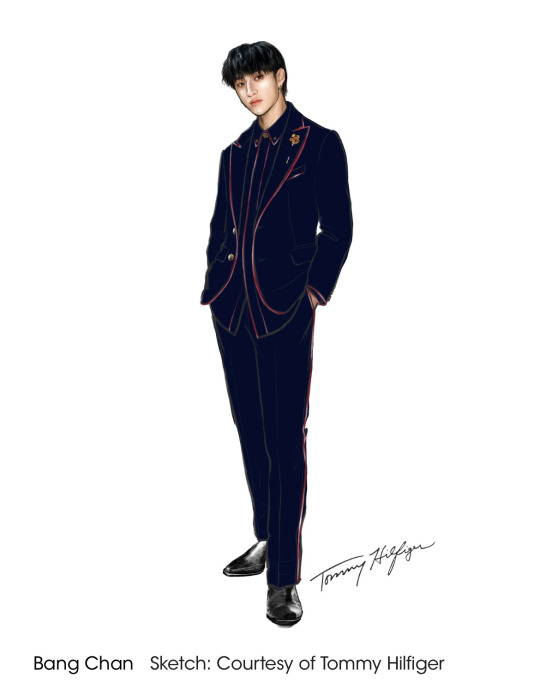

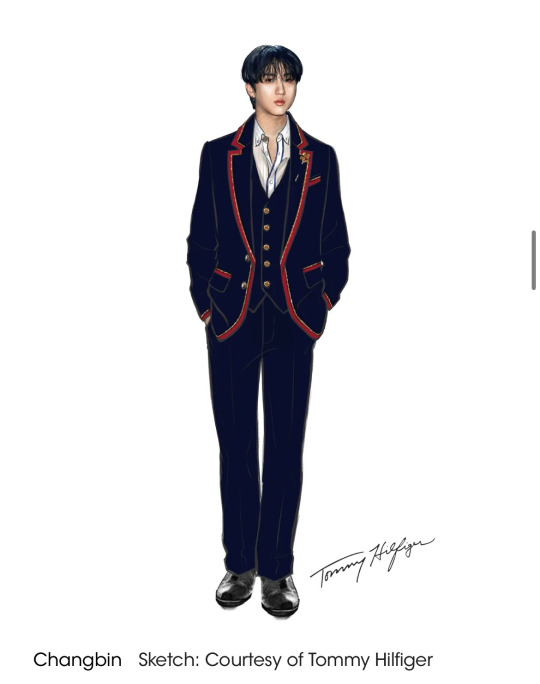
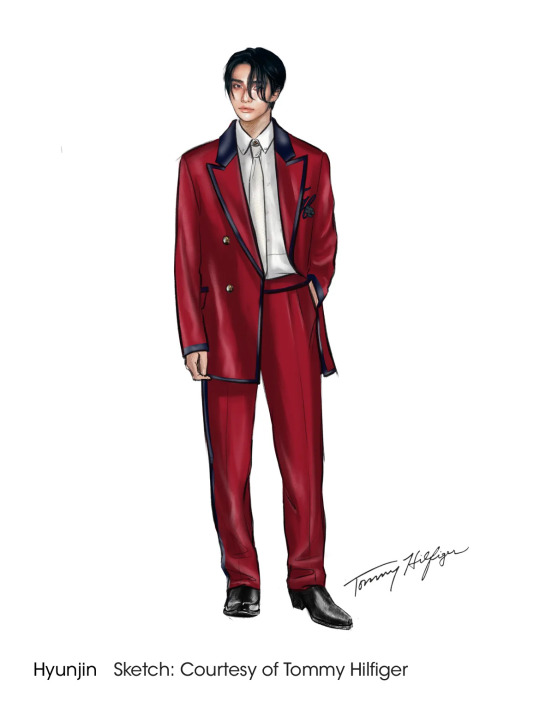

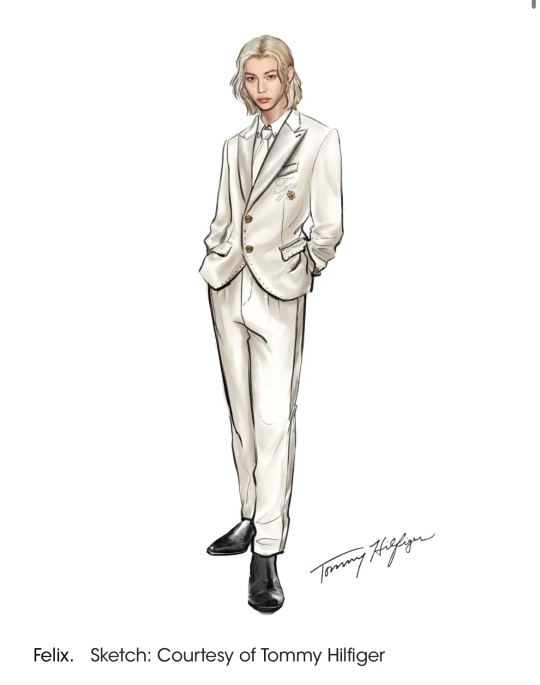
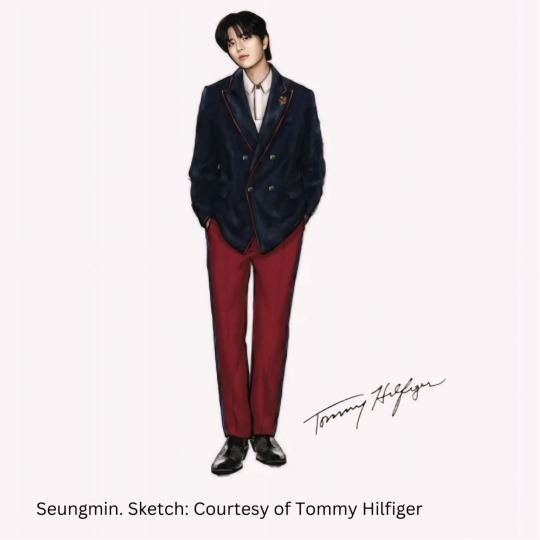
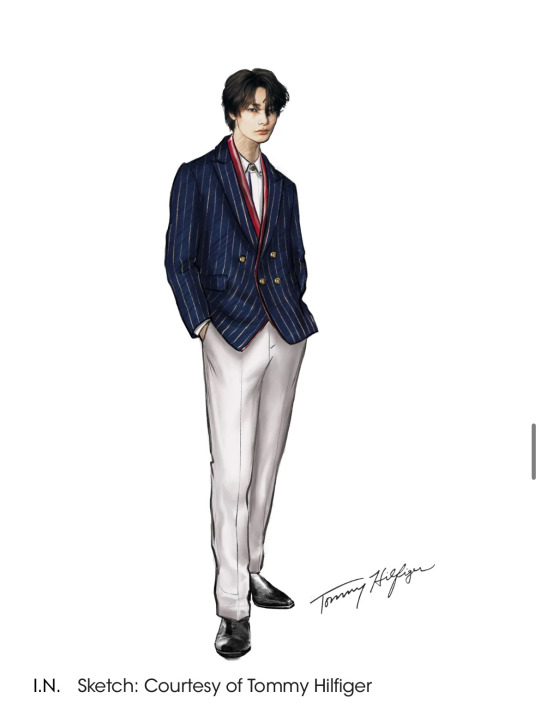
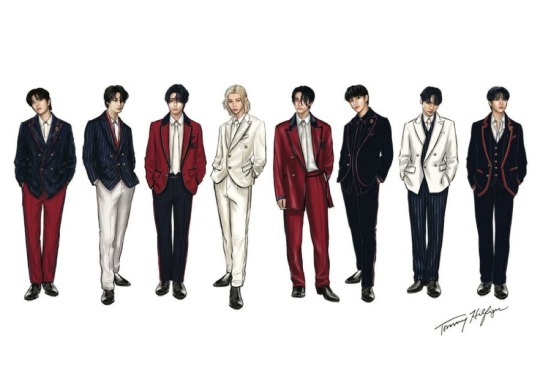
Stray Kids Met Gala x Tommy Hilfiger Sketches
#skz#changbin#bang chan#hyunjin#jeongin#lee know#lee felix#seungmin#minho#stray kids#felix#stray kids met gala#met gala#tommy hilfiger#kpop
2K notes
·
View notes
Text
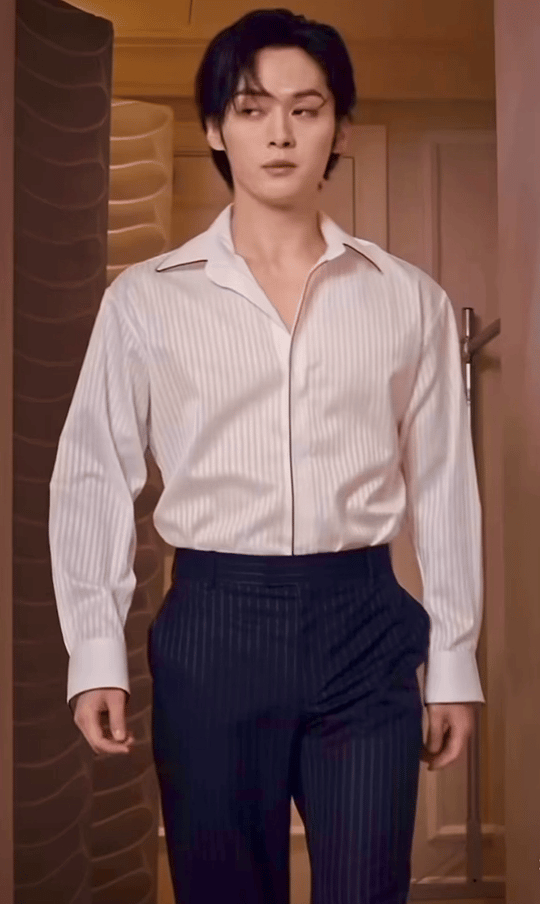

im sick of this.
1K notes
·
View notes
Text



215 notes
·
View notes
Text
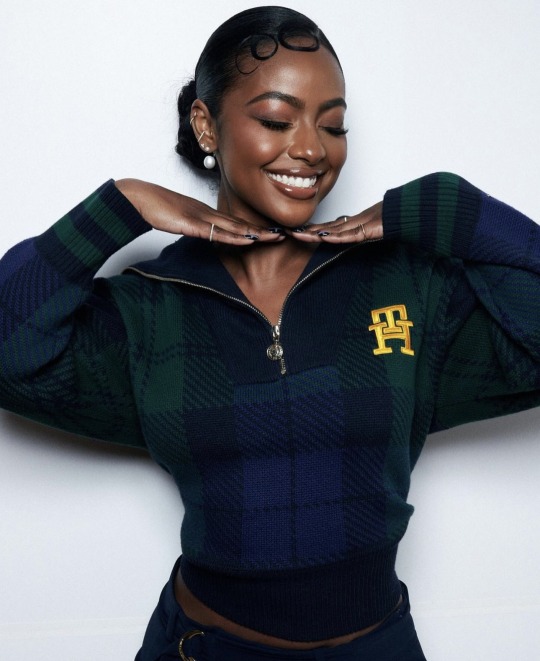
2K notes
·
View notes
Text








Aaliyah (1997)
#Aaliyah#tommy hilfiger#aaliyah haughton#1997#90s#1990s#90's#1990s fashion#90s fashion#90s aesthetic#90s kid#1990s aesthetic#1990s nostalgia#1990s music#1990s style#y2kcore#00s kid#00s core#00s aesthetic#00score#y2k style#y2k aesthetic#y2k nostalgia#2000s fashion#y2k fashion#y2k vibes
606 notes
·
View notes
Text

#shawn mendes#gay#gayhot#tommy hilfiger#men underwear#wallpaper#icons#lockscreen#photography#photoshoot#pretty boy#men muscle#*#dailycelebs#muscular
251 notes
·
View notes
Text
Jade picon at the formula 1



#jade picon#f1#formula 1#femaledaily#glamoroussource#dailywomen#fashion#flawlessbeautyqueens#style#tommy hilfiger#blondessource#wonderfulwomendaily#femalestunning#dailyfemale#dailycelebs#flawlessfemale#actress#brazil gp 2024
400 notes
·
View notes
Text






344 notes
·
View notes
Text
An Analysis of the Ubiquity of Mall Brands in the late 1990s to early 2000s, or
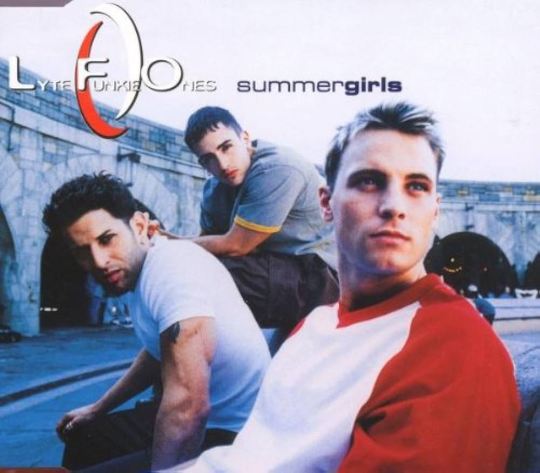
I Fucking Hate These Guys
by OMG!thatdress
If you were a tween to teenager from roughly 1997 to 2004, chances are, you were left with profound life-long trauma caused by someone wearing Tommy Hilfiger, Abercrombie & Fitch, Ralph Lauren, Nautica, American Eagle, The Gap, Old Navy, or, if you were came along a little later, Hollister or Aeropoastale.
I cannot overstate to my young followers how over-saturated these brand names were in teen culture at the turn of the millennium, the extend to which EVERYONE was wearing them, and yet, in a weird way, how light the imprint they actually left on fashion history was.
Watching iconic teen shows of the era, you don't see any of them because a.) TV teenagers tend to be way cooler and more stylish than awkward and desperate real teenagers actually are, and b.) these brands were all copyright protected, which kept their names and logos off the airwaves.
Look in a middle school yearbook, however, you'll see it. Look at your aunt and uncle's high school photo albums, you'll see it. Ask any late Gen X or early Millennial. It was real and it was fucking awful.
The big question is why? Why? WHY, GOD WHY?! There's a lot of answers to that question.
First of all, I'm going to cite this absolutely wonderful article from Collector's Weekly about why everyone's grandma had a hideous orange couch in the 70s, and give the most simple and straightforward answer: it's what was available.
This is when the concept of online shopping is still very much in its infancy, and the hub of American consumer culture was still your local mall. If you needed new clothes, you went to the mall. And guess what stores were at every local mall? You guessed it.
For the second answer, I'm going to dig up this utter relic from the early days of internet meme-ing, that has nonetheless stuck with me and had a profound impact of my understanding of how popular fashion works:
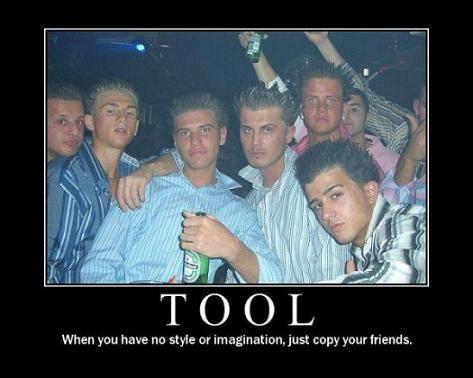
I'm pretty sure that the reason Abercrombie & Fitch manages to survive as a brand today rests solely increasingly middle-aged Millennial men whose sense of style has refused to evolve past the shit their mom bought them in high school.
And why the hell would they? Nobody wore Abercrombie because it made them stand out or feel special. I'm still pretty convinced that nobody actually *liked* the aesthetic or thought the clothes actually looked good. You need not look past the basic color palette to understand these were not brands meant for uniqueness or self-expression.
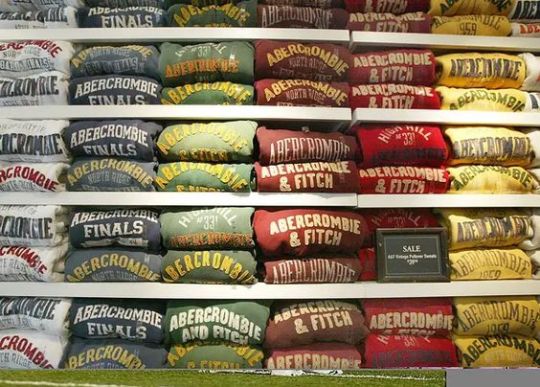
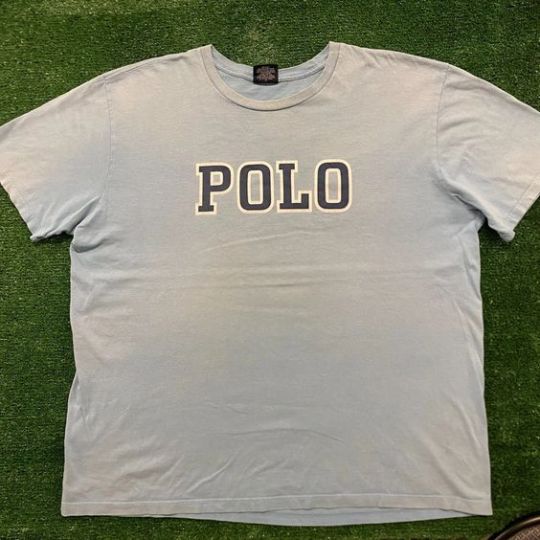
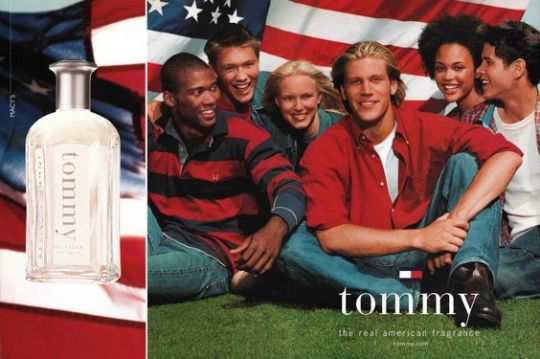
While Britney Spears pranced around stage in her iconic neon colors and body glitter, American teenagers existed in a never-ending hellscape of washed-out neutrals, faded denim, and American flag primary colors.
All of which served its exact purpose: it was safety. It was a way to appear cool if you didn't want to go through the ordeal of actually having a personality or a sense of style. Which, of course, goes back to point number one: it was just shit you bought at the mall because you needed clothes.
It wasn't enough to save you once the school bully caught that whiff of autism and/or queerness on you, but it was enough that you could blend into the herd and pray no one ever noticed you.
Underneath it all was a very subtle undercurrent of class and classism: to wear mall brands was to declare to the world that you could indeed afford to shop at the mall. It meant you weren't, god forbid, poor.
Status symbol clothing goes back to the invention of clothing itself. The concept of brands as status symbols is still very much alive and well, its just more limited to actual luxury brands nowadays. One need look no further than your favorite high-end children's clothing website to see that rich parents still very much think it important that you know their five-year-old is wiping its boogers on Versace.
None of these brands were actual high-end luxury brands, but they still advertised and presented themselves as such. Their ads featured signifiers of "all-american" (read: White) wealth: yachts, skiing, horses, beaches, shirtless dudes with chiseled abs playing verious sportsballs.
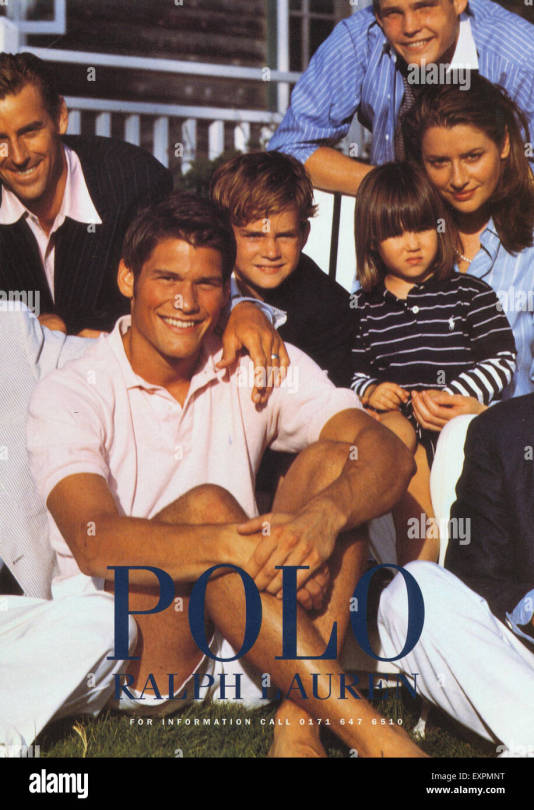
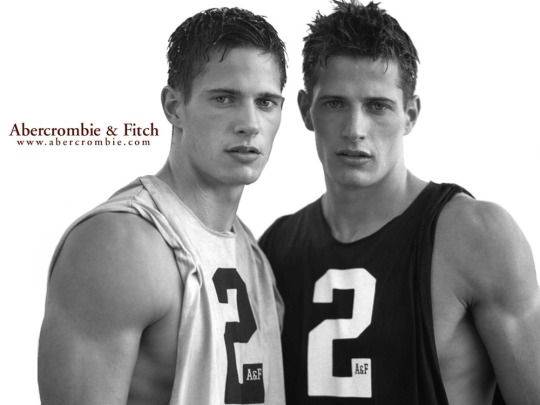
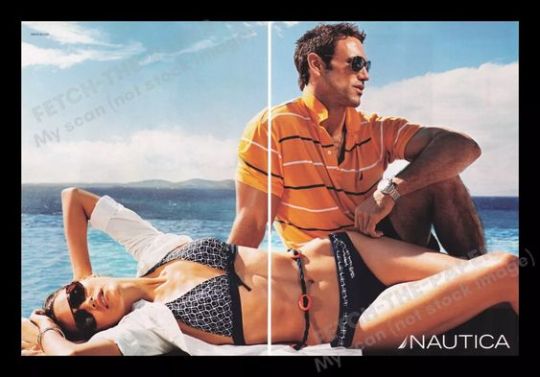
The color palettes and cuts mimicked the preppy "Ivy" style of the New England old-money elite, along with their hobbies and lifestyle. You may not actually own a horse, but you can wear a polo shirt. You may not be able to run without breaking your ankle, but you wear the same shirt as the dude holding a football in the ad.
It was an elitist, White and skinny image that didn't age well into the diversity and body-positivity of the 2010s.
In 2003, a lawsuit was filed against Abercrombie & Fitch alleging systematic racial discrimination. People of color were rarely hired, and if they were, they were given jobs in the back, away from customer view. In 2005, the U.S. district court approved a settlement of $50,000. A few years ago, Netflix released the documentary White Hot: The Rise and Fall of Abercrombie & Fitch which admittedly I haven't watched yet because my hatred runs too deep to remind myself of its existence.
youtube
It was a hatred of Abercrombie & the (white, thin, neurotypical, heterosexual) conformity that it represented that drove me screaming into the loving arms of Hot Topic and Linkin Park. Jordan Calhoun wrote an excellent article for the Atlantic about his experience growing up poor and Black and not fitting in to the Abercrombie aesthetic.
I would be very remiss if I didn't bring up the "urban" mall brands of the early 2000s: Fubu, Sean Jean, Ecko, Baby Phat, among others. They were favored by Black teenagers and White teenagers who wanted to be Black. I know there's a lot to be said about these brands, but I'm too Caucasian to really be able to talk about them with nuance. Maybe someone else will, and I will be very happy to listen.
As much as I hate Tommy Hilfiger, I really do have to give him credit for recognizing the incredibly lucrative "street wear" market and selling power of hip-hop. While most of these mall brands kept their image sparkling White, Tommy made Aaliyah his brand ambassador and regularly appeared in the wardrobes of popular rap and R&B artists of the time.
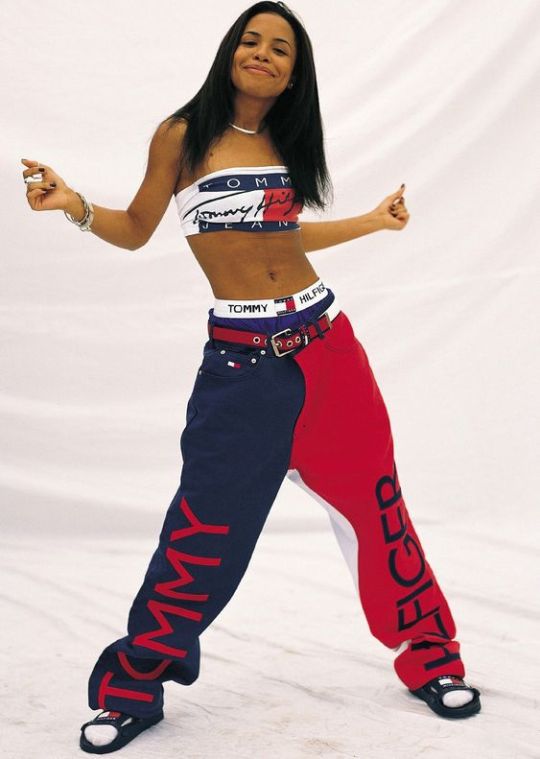
It'd be very easy and very reductive to say that the changing ideology of the 2010s was the downfall of preppy mall brands, but really, the thing that truly killed them was the downfall of the mall itself. Shopping habits changed, and logos and brand names no longer held the power they once had.
The moral of the story is that being a teenager is fucking hell, and these popular brands both offered the safety of conformity and a status symbol to hold over the heads of the poor and uncool. The irony is that everyone who hated them as teenagers (read: ME) and the freaks who grew up to truly love the power of self-expression through personal style (read: ME) became the truly cool people. If you wore Abercrombie you grew up to vote for Donald Trump.
GO GOTH. PREPS SUCK. THE END.
965 notes
·
View notes
Text

Tommy
#tommy hilfiger#fashion#luxury#luxury fashion#street fashion#new york fashion#nyc fashion#authenticfashionstatments#authentic fashion statements
212 notes
·
View notes
Text









341 notes
·
View notes
Text
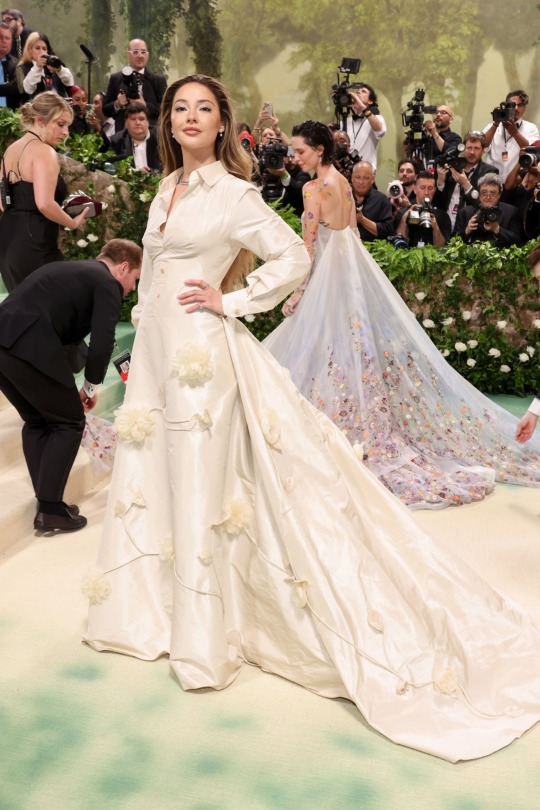
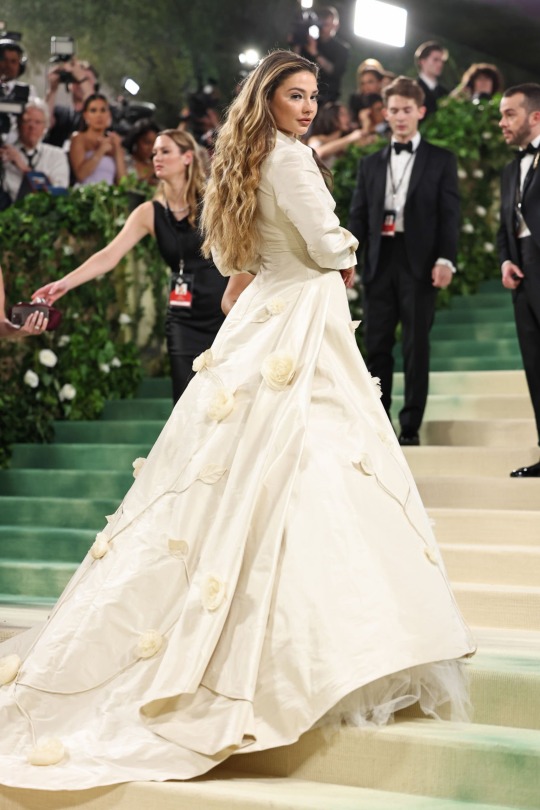
Madelyn Cline attends The 2024 Met Gala if you want to support this blog consider donating to:ko-fi.com/fashionrunways
516 notes
·
View notes
Text
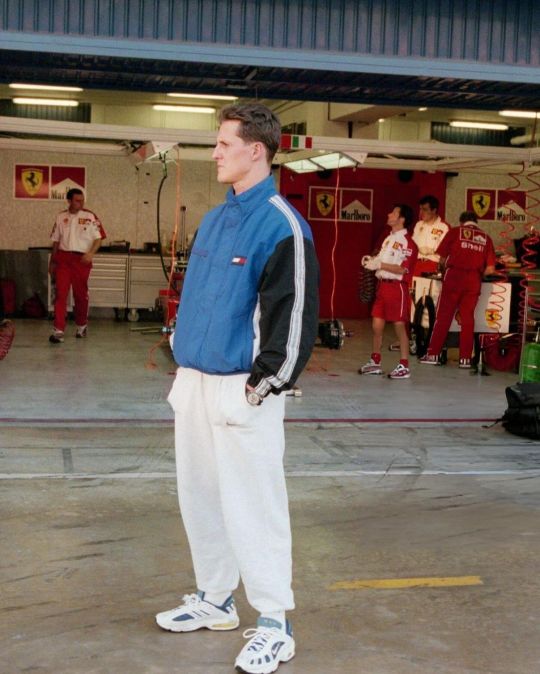
624 notes
·
View notes
Text

STRAY KIDS AT THE MET GALA 🥰🥰
#skz#changbin#bang chan#hyunjin#jeongin#lee felix#lee know#seungmin#minho#stray kids#stray kids met gala#skz met gala#met gala#tommy hilfiger
557 notes
·
View notes
Text

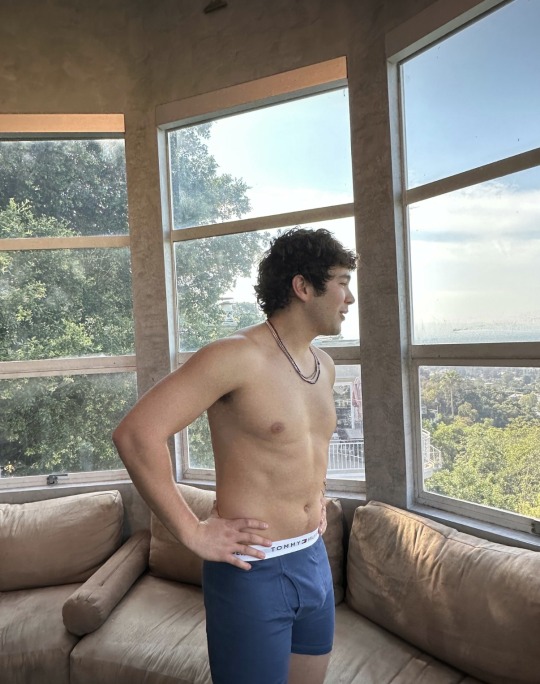




221 notes
·
View notes
Text





Fall 2024 | STRAY KIDS for Tommy Hilfiger | CHANLIX ♡
#my gifs#Chanlix#Bang Chan#Bahng Chan#Christopher Bang#Christopher Bahng#Felix#Lee Felix#Lee Yongbok#Felix Lee#Stray Kids Felix#SKZ Felix#Stray Kids#SKZ#STAY#STAYblr#Tommy Hilfiger#you make Stray Kids stay
188 notes
·
View notes